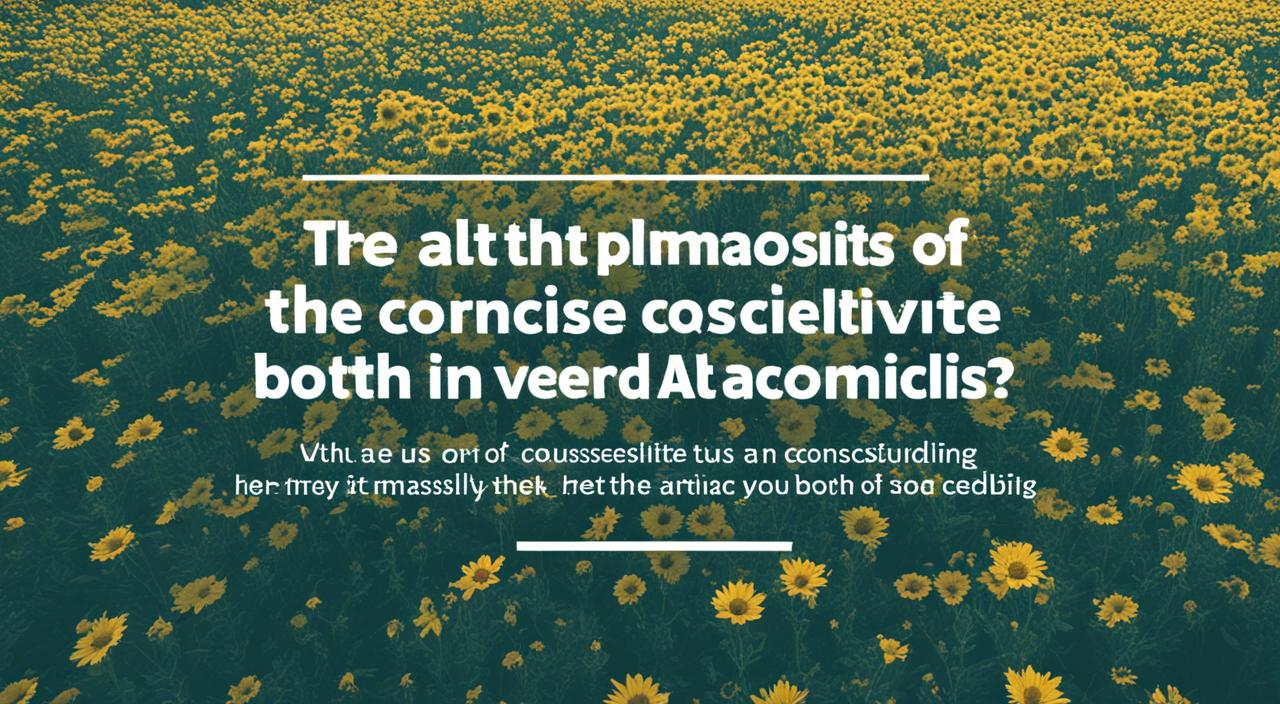
On-Page SEO Essentials for Website Optimization
Are you struggling to rank higher in search engine results? Do you feel like your website could be performing better but you’re not sure how to optimize it effectively? Look no further – the solution lies in the realm of on-page SEO.
On-page SEO is more than just a buzzword – it is the key to unlocking your website’s potential and attracting organic traffic. By implementing essential on-page SEO techniques, you can skyrocket your website’s visibility, improve your search engine rankings, and ultimately reach a wider audience.
In this article, we will delve into the on-page SEO essentials that will take your website optimization to new heights. From meta tags to keyword research, content optimization to title tags, we will explore the strategies you need to know to dominate the online landscape. Get ready to discover the power of on-page SEO and revolutionize your website’s performance!
What is On-Page SEO?
On-page SEO, also known as on-site SEO, is the process of optimizing different elements of your website to improve its visibility and ranking in search engines. It involves optimizing content elements, HTML elements, and site architecture elements to enhance your website’s performance and attract more organic traffic.
Search engines like Google rely on various factors to determine the relevance and quality of a website. On-page SEO plays a crucial role in helping search engines understand your website’s content and providing value to visitors.
By optimizing your website’s on-page elements, you can improve its chances of ranking higher in search engine results pages (SERPs) and attract more website traffic.
Elements of On-Page SEO
On-page SEO involves optimizing different elements of your website to ensure visibility and search engine friendliness. Here are some key elements:
- Content Optimization: Creating high-quality and relevant content that satisfies user intent and incorporates targeted keywords.
- HTML Elements Optimization: Optimizing HTML elements like meta titles, meta descriptions, headers (H1-H6), and structured data.
- Site Architecture Optimization: Improving the overall structure and organization of your website, including URL structure, internal linking, and site navigation.
By focusing on these elements, you can optimize your website for search engines and attract more website traffic.
The Importance of On-Page SEO
On-page SEO is crucial for several reasons:
- Improved Search Engine Visibility: By optimizing your website’s on-page elements, you can improve its visibility in search engine results.
- Enhanced User Experience: On-page SEO techniques help create a user-friendly experience, making it easier for visitors to navigate and find the information they need.
- Increased Organic Traffic: When your website ranks higher in search results, it attracts more organic traffic, resulting in potential leads and conversions.
To illustrate the impact of on-page SEO, here’s a table showcasing the difference it can make in website traffic:
| Website Traffic Comparison | |
|---|---|
| Website | Monthly Organic Traffic |
| Website A (Without On-Page SEO) | 100 visitors |
| Website B (With On-Page SEO) | 500 visitors |
In the example above, implementing on-page SEO techniques resulted in a significant increase in monthly organic traffic for Website B.
By prioritizing on-page SEO and optimizing your website’s elements, you can drive more organic traffic and improve your website’s overall performance.
Why is On-Page SEO Important?
On-page SEO plays a crucial role in website optimization and can greatly impact your website’s visibility and ranking on search engines. By understanding the importance of on-page SEO, you can effectively optimize your website to attract organic traffic and provide a better user experience.
Search engines like Google rely on on-page SEO to understand your website’s content and determine its relevance to users’ search queries. By implementing on-page SEO techniques, you can help search engines identify the value your website offers, ultimately improving your chances of ranking higher in search engine results pages (SERPs).
Not only does on-page SEO benefit search engines, but it also enhances the overall user experience. By optimizing your website’s content, structure, and design, you can create a more accessible and user-friendly environment. This positive user experience can lead to longer visit durations, lower bounce rates, and increased engagement on your website.
The Benefits of On-Page SEO:
- Improved website rankings on search engines
- Increased visibility and credibility for your website
- Enhanced user experience and satisfaction
- Attracted organic traffic from search engines
- Better understanding and categorization of your website’s content by search engines
By focusing on on-page SEO and implementing best practices, you can optimize various elements of your website, such as meta tags, title tags, headings, URL structure, and internal linking. These optimizations not only allow search engines to better understand and categorize your website’s content, but they also provide clear signals of relevance and value to users.
Implementing on-page SEO is a continuous and ongoing process. It requires regular monitoring and adjustments to ensure that your website remains optimized and aligned with search engine algorithms and user preferences. By investing time and effort in on-page SEO, you can improve your website’s ranking, attract more organic traffic, and ultimately achieve your online goals.
On-Page SEO Elements
On-page SEO consists of various elements that you need to optimize to improve your website’s visibility and ranking. Each of these elements plays a crucial role in enhancing your website’s on-page SEO and improving its performance in search engine rankings.
1. Keyword Research
Keyword research is the foundation of effective on-page SEO. By identifying relevant keywords and incorporating them strategically into your content, you can attract targeted organic traffic and improve your website’s visibility in search engine results.
2. Visual Content Optimization
Visual content, such as images and videos, not only enhances the user experience but also provides an opportunity to optimize on-page SEO. By using descriptive file names, alt tags, and properly optimizing image sizes, you can improve your website’s accessibility and search engine visibility.
3. Page Titles and Headers
Page titles and headers are crucial on-page SEO elements that help search engines understand the context and relevance of your content. By incorporating your target keywords into page titles and using headers to structure your content, you can improve both user experience and search engine visibility.
4. Meta Descriptions
Meta descriptions provide a brief summary of your page’s content in search engine results. By crafting compelling and keyword-rich meta descriptions, you can entice users to click through to your website and improve your click-through rates.
5. Image Alt-Text
Image alt-text is an important on-page SEO element that describes images to search engines. By using descriptive alt-text that includes relevant keywords, you can improve the accessibility of your website and enhance its visibility in image search results.
6. Structured Markup
Structured markup, such as schema.org markup, provides additional context to search engines about the content on your website. By implementing structured markup, you can improve search engine understanding and enhance the display of your website in search engine results pages.
7. Page URLs
Optimized page URLs that include relevant keywords and are easy to read and understand can improve both user experience and search engine visibility. By creating clean and descriptive URLs, you can enhance your website’s on-page SEO.
8. Internal Linking
Internal linking refers to linking to other pages within your website. By strategically linking relevant pages together, you can improve website navigation, distribute link equity, and enhance search engine visibility for important pages on your website.
9. Mobile Responsiveness
In today’s mobile-centric world, having a mobile-responsive website is crucial for on-page SEO. By ensuring that your website is optimized for mobile devices, you can provide a seamless user experience, improve search engine rankings, and attract more organic traffic.
10. Site Speed
Site speed is a critical on-page SEO element that impacts user experience and search engine rankings. By optimizing your website’s loading speed, you can reduce bounce rates, improve user engagement, and enhance your website’s visibility in search engine results.
| On-Page SEO Element | Description |
|---|---|
| Keyword Research | Identifying relevant keywords to optimize on-page content. |
| Visual Content Optimization | Optimizing images and videos for improved search engine visibility. |
| Page Titles and Headers | Incorporating keywords in page titles and using headers to structure content. |
| Meta Descriptions | Writing compelling and keyword-rich summaries for search engine results. |
| Image Alt-Text | Using descriptive alt-text for images to enhance accessibility and search engine visibility. |
| Structured Markup | Implementing structured markup for improved search engine understanding. |
| Page URLs | Creating clean and descriptive URLs that include relevant keywords. |
| Internal Linking | Strategically linking relevant pages within your website for improved navigation and search engine visibility. |
| Mobile Responsiveness | Optimizing your website for mobile devices for a seamless user experience. |
| Site Speed | Improving website loading speed for better user engagement and search engine rankings. |
On-Page SEO Checklist
When it comes to on-page SEO, following a comprehensive checklist of best practices is essential to ensure that your website is properly optimized. By implementing these strategies, you can improve your website’s visibility, increase organic traffic, and enhance its chances of ranking higher in search engine results.
1. Keyword Optimization: Conduct thorough keyword research to identify relevant and high-traffic keywords for your website. Incorporate these keywords naturally into your content, headers, and meta tags.
2. Title Optimization: Craft compelling and descriptive titles for your web pages that include your target keywords. Keep the titles concise, engaging, and relevant to the page content.
3. Headers Optimization: Utilize appropriate header tags (H1, H2, H3, etc.) to structure your content and make it easier for search engines to understand. Incorporate your target keywords in the headers to optimize their impact.
4. Content Optimization: Create high-quality, informative, and engaging content that includes your target keywords naturally. Use relevant headings, bullet points, and lists to enhance readability.
5. Image Optimization: Optimize your website’s images by compressing their size, using descriptive alt tags, and incorporating keywords into the file names. This improves the accessibility and SEO value of your images.
6. Meta Description Optimization: Write compelling meta descriptions that accurately summarize the content of your web pages. Include keywords to enhance their relevance and attract clicks from search engine users.
7. Internal Linking: Create a logical internal linking structure within your website to improve navigation and distribute link equity. Link relevant pages together using descriptive anchor text.
8. External Linking: Enhance the credibility and relevance of your content by including outbound links to authoritative and related websites. Use anchor text that provides context and helps search engines understand the destination page’s topic.
Following this on-page SEO checklist will help you optimize your website effectively and improve its visibility in search engine rankings. By focusing on keyword optimization, title and headers optimization, content optimization, image optimization, meta description optimization, internal linking, and external linking, you can enhance your website’s performance and attract more organic traffic.
Conclusion
On-page SEO plays a critical role in website optimization, search engine rankings, and attracting organic traffic. By implementing on-page SEO best practices, you can significantly enhance your website’s performance and visibility.
Start by conducting thorough keyword research to identify the terms and phrases your target audience is searching for. Optimize your content, titles, and headers to include relevant keywords and provide valuable information.
Visual content is also crucial in improving on-page SEO. Incorporate images and videos that are optimized with descriptive and keyword-rich alt-text to improve user experience and search engine visibility.
Meta descriptions and image alt-text should be optimized to accurately describe the content and include relevant keywords. Implement structured markup to assist search engines in understanding your website’s content and improve its appearance in search results.
Optimizing page URLs and focusing on internal and external linking helps search engines navigate and index your website effectively. Lastly, ensure your website is mobile-responsive and loads quickly to create a seamless user experience.
By following these on-page SEO best practices, you can boost your website’s visibility, increase search engine rankings, and attract more organic traffic. Take the time to optimize various elements of your website and reap the rewards of a well-optimized and highly visible online presence.




